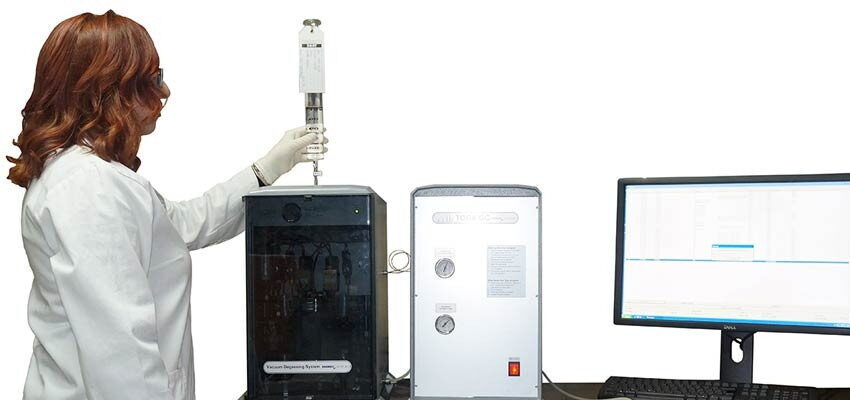
Chromatographic analysis of gases from the transformer
Abstract Given the demands of today’s power systems, the question of the transformer reliability is one of the top priorities. The need for monitoring the...
byEmir Šišić

Abstract
Given the demands of today’s power systems, the question of the transformer reliability is one of the top priorities. The need for monitoring the performance of transformers is imposed since the beginning of their use. This article aims to analyse the impact of the gases released during breakdowns and energy discharge within the transformer that could accelerate the degradation of the insulation system and gradually lead to major faults and incidents.
Keywords: transformer, analysis, oil, gas, insulation
1. Introduction
Since the beginning of production of oil for transformers it has been shown that during their work, due to various phenomena, certain gases may appear [1]. In 1928, Buchholz relay was first used to collect gas bubbles passing through the oil to the conservator. Due to the occurrence of gas in the transformer, the oil is gradually being displaced, which in a certain amount pulls down the float and turns on a warning signal. In larger amounts of gas, Buchholz relay trips the transformer.
Consequently, there was a need for a quality analysis of the situation inside the transformer in order to detect and eliminate potential failures. In the early sixties gas chromatograph appeared, a device used to identify gases dissolved in transformer oil. Since the seventies, this analysis is used to detect a number of different gases. Seven of them are characteristic for degradation of transformer oil-paper insulation: hydrogen (H2), methane (CH4), ethane (C2H6), acetylene (C2H2), ethylene (C2H4), carbon monoxide (CO) and carbon dioxide (CO2). In addition, some gases (C3Hy) can also appear but they do not affect the work of the transformer much.
Today chromatographic analysis of the transformer’s gases is one of the most important and the most sensitive methods for the early detection of changes in state of oil-paper insulation and thus represents an excellent indicator of the existence of potential failure [2].
Chromatography (derived from the Greek word chroma – colour and grafein – write) is the collective name for a group of techniques used for separating mixtures. It is a physical separation method in which the tested components are separated and isolated in two phases: stationary (fixed) and mobile (movable). Chromatography as a laboratory technique can be: analytical (works with small samples and attempts to assess the contribution of individual components in the mixture) and preparative (separation of components from the mixture and a kind of purification).
2. Occurrence of gases in the transformer
During the work transformers are exposed to electrical, thermal and mechanical stresses, leading to degradation of the insulation. The consequences are rapid chemical reactions and degradation of materials (out of which many are forming gases in the oil and above), damage to the insulation, reduction of operational safety, and ultimately failure or breakdown.
Mineral transformer oil and cellulosic materials (paper) are usually used for the transformer insulation. Cellulose insulation gives the transformer dielectric strength and spacing between windings as well as the space between windings which are at a different potential. Mineral transformer oil, due to the impregnation in paper, increases its dielectric strength.
The oil is mainly composed of saturated hydrocarbons linked by C-C and C-H bonds which crack as a result of faults with the formation of unstable parts, radicals or ions as well as other compounds. They are easily recombined in gas molecules, like in order by energy activation: hydrogen (H2), methane (CH4), ethane (C2H6), ethylene (C2H4), and acetylene (C2H2).
Causes for forming gases can be classified into three categories: corona or partial discharge, pyrolysis (decomposition of substances under the influence of high temperatures), thermal decomposition and sparks. Most of the energy is released during sparks, followed by overheating, and lastly due to the appearance of the corona. Gases that appear during fault are typical for degradation of the insulation system: hydrocarbons, carbon oxides and gases which do not come from failures [3]. Mentioned gases begin to form at certain temperatures as shown in Fig. 1.







